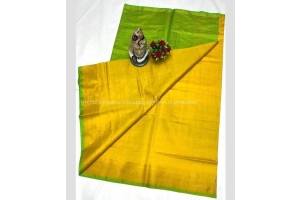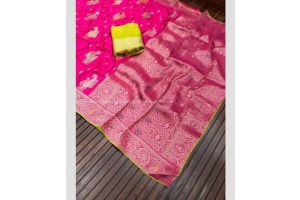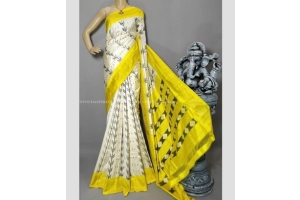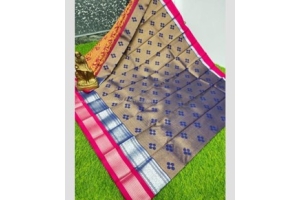How do you Identify the Authenticity of Pure Kanchipuram Silk Sarees?

December 09, 2023
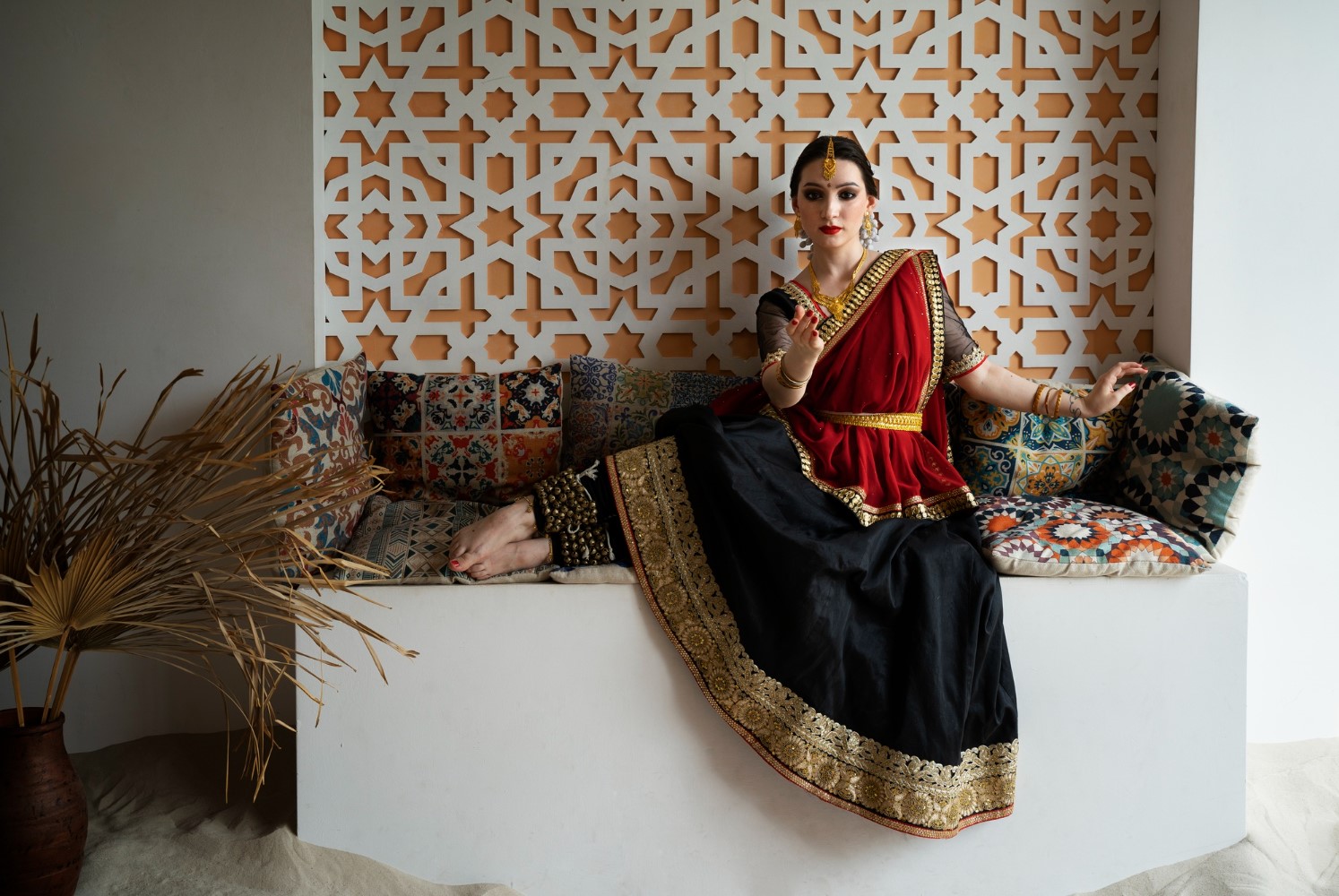
Embark on a journey that will lead you to the heart of India's textile legacy, where the artistry of Kanchipuram silk weaving is not only a talent but also a longstanding tradition with a history spanning centuries. These sarees, celebrated for their durability and aesthetic appeal, have been worn by ladies for several ages, symbolizing both gracefulness and cultural pride. Throughout this book, we will explore the specific characteristics that make Kanchipuram handloom silk sarees highly valued, as well as the methods to verify their genuineness.

However, it is suggested that these sarees be dry cleaned, particularly for the first few times they are washed. For storage, the saree should be wrapped in a gentle fabric, ideally muslin, and then placed in an excellent, dry location that is shielded from direct sunlight. When the folds of the saree are changed on a regular basis, it is possible to prevent the creases from ripping.
The Origin and Significance of Kanchipuram Silk:
Kanchipuram, situated in the state of Tamil Nadu, is both a city and a haven for textiles. The silk sarees brought from this region, dating back to the Pallava period, are renowned for their exceptional brightness and texture. Historically, these sarees have been an essential component of wedding trousseaus, serving as a reflection of the lineage of a family. In every saree, there is a tale that is woven together with the threads of history and the richness of culture.Identifying Authentic Kanchipuram Silk:
The distinct characteristics of authentic Kanchipuram silk sarees are their weight and luster. Due to the fact that the silk used is thicker than other sorts, the drape is of exceptional quality. The patterns are elaborate, and they often reflect symbols from Hindu mythology or themes that are influenced by natural elements. In order to differentiate themselves from imitations of a lower quality, the border and pallu (the end piece) are often woven with pure gold or silver Zari. They are typically colored in the opposite direction.The Weaving Process: A Testament to Quality
The process of crafting a Kanchipuram silk saree is a meticulous endeavour that requires a significant investment of time and skill. The duration required to weave a single saree might vary significantly, ranging from a few weeks to many months, depending on the complexity of the design. The process starts by carefully choosing the highest quality silk fibers, which are then immersed in vibrant dyes until they attain their ultimate state. These elaborate designs are created by weaving on ancient looms, where each thread is put with great care in order to achieve the desired effect. The saree's quality and expense are both a direct result of the time-consuming procedure that was used to make it.The Role of Colors and Dyes:
The colors of a Kanchipuram silk saree are as significant as its weave. Traditionally, natural dyes were used, yielding deep, rich colors that would not fade over time. Nowadays, while some weavers still use natural dyes, others have transitioned to high-quality synthetic dyes to offer a broader color palette. Regardless, the emphasis remains on ensuring that the colors are deep, radiant, and long-lasting.Caring for Your Kanchipuram Silk Saree:

However, it is suggested that these sarees be dry cleaned, particularly for the first few times they are washed. For storage, the saree should be wrapped in a gentle fabric, ideally muslin, and then placed in an excellent, dry location that is shielded from direct sunlight. When the folds of the saree are changed on a regular basis, it is possible to prevent the creases from ripping.

